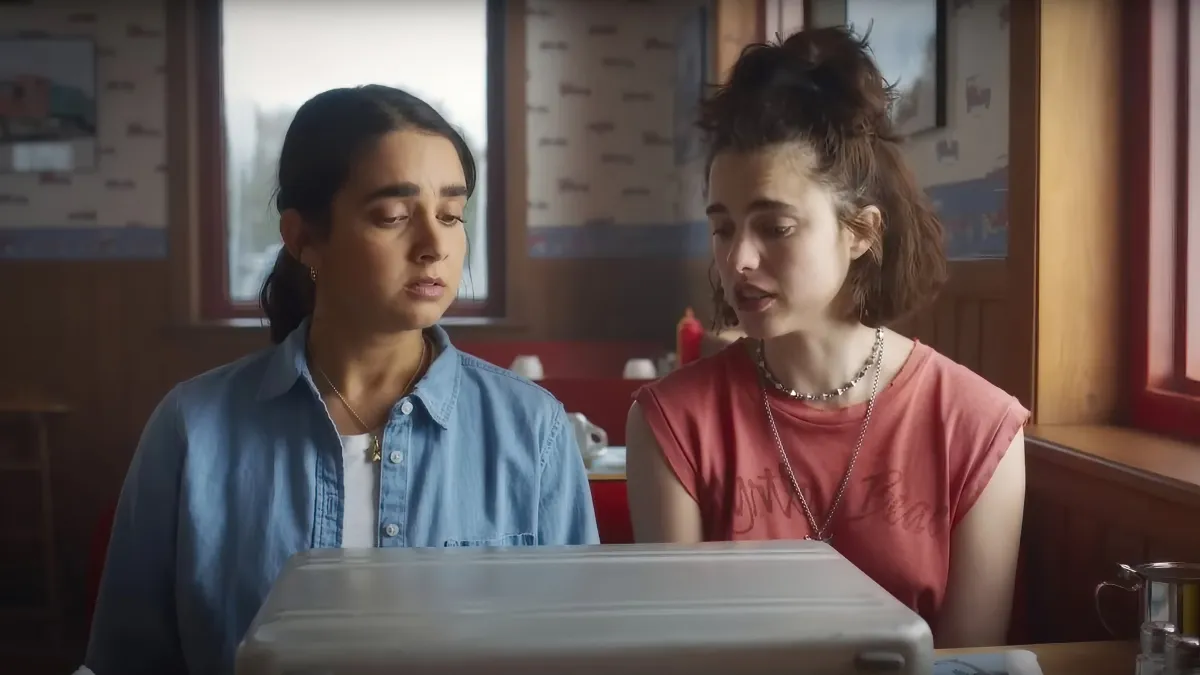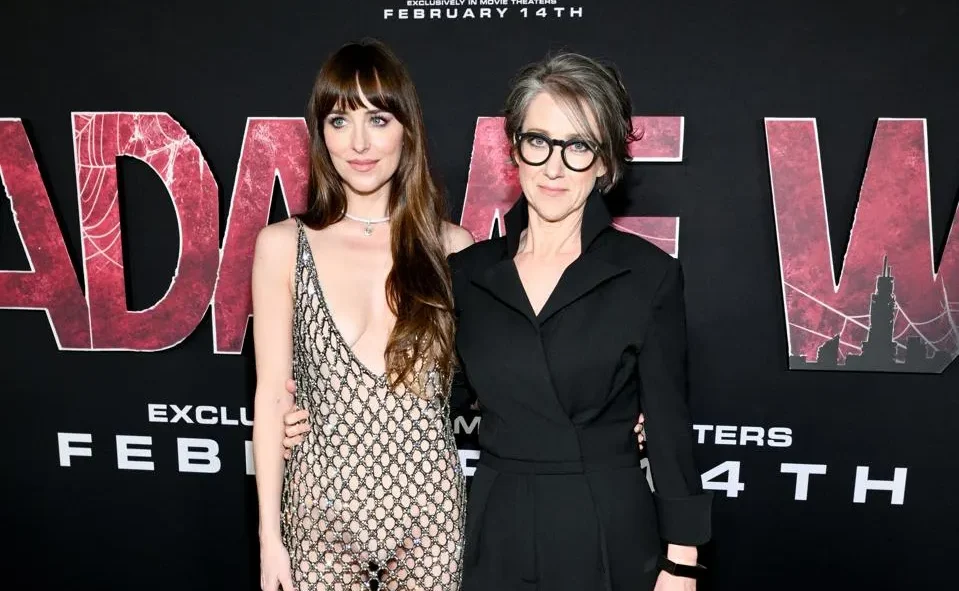Ethan Coen and Tricia Cooke’s latest film, “Drive-Away Dolls,” has been described as a “queering” of the ’90s crime caper genre by the filmmaking duo. With its sardonic, ironic tone and masculine energy, the film pays homage to the genre’s origins while putting a fresh, feminist spin on it.
Set in the ’90s, the film follows an odd couple of friends, Jamie (Margaret Qualley) and Marian (Geraldine Viswanathan), as they drive to Tallahassee, Florida in a “drive-away” rental car. The pair find themselves in possession of a vehicle with a secret stash in the trunk, sparking a chase across state lines involving a senatorial sex scandal.
The film is a departure from Coen’s previous work with his brother Joel, and instead pays tribute to the likes of John Waters and Russ Meyer. The script, written by Cooke, originated from her own queer youth in New York City’s lesbian bars and has been sitting on the back burner for years.
Cooke and Coen wrote the film together and essentially co-directed, though only Coen is credited as the director. Cooke, who also edited the film, brings her expertise from working on “The Big Lebowski” and “O Brother, Where Art Thou?” with the brothers.
The plot centers around Jamie, an amorous lesbian Lothario, and Marian, a buttoned-up office worker, as they embark on a road trip to escape the heat from Jamie’s cop ex, Sukie (Beanie Feldstein). The film is unabashedly horny and female pleasure-centric, with the pair living, laughing, and loving their way through every sapphic saloon south of the Mason-Dixon line.
The film is often crude in a way that’s cringe-worthy, but it’s also stacked with jokes and moves at a brisk pace, making it over before you know what hit you. Qualley and Viswanathan are fantastically committed and charismatic, with the former demonstrating a capacity for broad comedy. Viswanathan is lethally precise in her line deliveries.
However, the mechanics of the plot don’t quite hold up under scrutiny. The friendship between Jamie and Marian is never fully explored, and the stakes of the senatorial sex scandal are never fully realized. The film is a slight and scanty 85 minutes, and it’s unclear if the jumble of amusing parts makes a coherent whole.
Despite its flaws, “Drive-Away Dolls” is a refreshing take on the crime caper genre, with its queer, feminist perspective and female-centric storyline. The film is a departure from the typical male-dominated narratives that have long dominated the genre.
The film’s portrayal of female friendship and desire is one of its strongest points. The chemistry between Qualley and Viswanathan is electric, and their dynamic is a breath of fresh air in a genre that often lacks meaningful representation of female relationships.
The film’s aesthetic is also noteworthy, with its rapid-fire deadpan dialogue, low canted angles, detached, ironic violence, and kooky transitional wipes. The retro style is a nod to the ’90s crime capers that came before it, while still feeling fresh and contemporary.
However, the film’s plot falls short of its potential. The stakes of the senatorial sex scandal are never fully realized, and the mechanics of the plot are not fully fleshed out. The friendship between Jamie and Marian is also underdeveloped, leaving the audience wanting more.
Despite these shortcomings, “Drive-Away Dolls” is a fun and entertaining film that delivers on its promise of dumb, randy fun. Its queer, feminist perspective and female-centric storyline make it a standout in the crime caper genre. The chemistry between Qualley and Viswanathan is electric, and their dynamic is a breath of fresh air in a genre that often lacks meaningful representation of female relationships.
In conclusion, “Drive-Away Dolls” is a fun and entertaining film that offers a fresh take on the crime caper genre. Its queer, feminist perspective and female-centric storyline make it a standout in the genre. While the plot falls short of its potential, the chemistry between the lead actresses and the film’s retro style make it a worthwhile watch.





